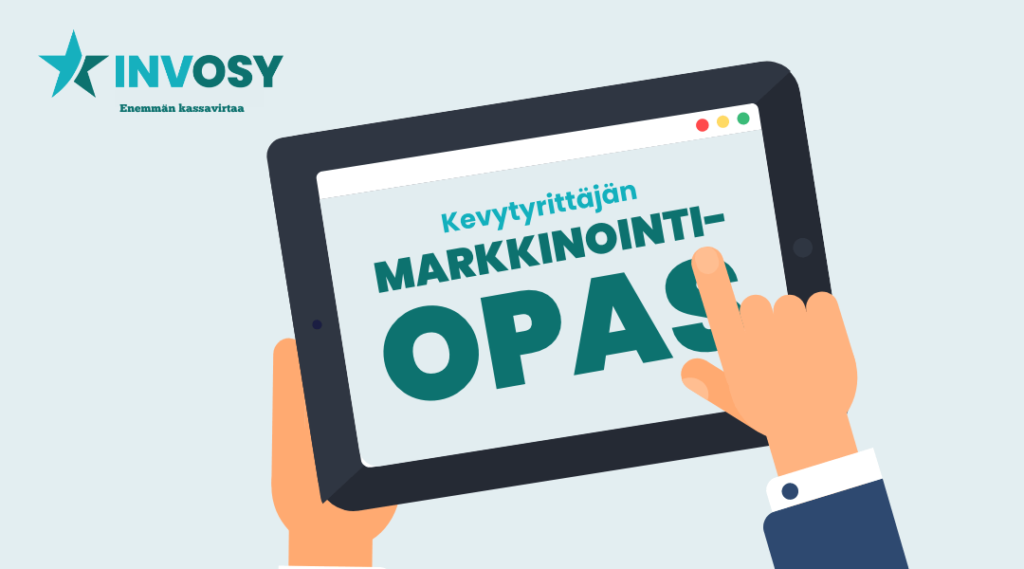These links will take you directly to the topic you are looking for

What you do as a light entrepreneur
How you do what you do
How you do what you do
Why are you lightweighting?
Target audience means the customers to whom you should market your product. They can be either future customers or customers who have already bought. When planning your target group, it is a good idea to start with basic information such as: age, gender, place of residence and occupation/education. In addition to these, it is a good idea to find out the target group's interests, hobbies and lifestyle.
The saying “everything for everyone is nothing for everyone” is true - only companies like Google can target “everyone”.
Use these tips to define your target group:
Before you can start implementing your marketing plan, you need to set a budget. The budget may include paid advertising, a domain name and the necessary software.
Tips for creating and using a marketing budget:
When you're setting your budget, think about the channels you want to use to reach your target audience. Once you've chosen the channels (e.g. social media), it's time to produce content about the products you offer and generate leads (i.e. reach new buyers interested in the product). Remember, it's important to be able to measure the effectiveness of your advertising.
It's a good idea to start marketing with a small budget. Over time, you'll find out what works and what doesn't, and you can adjust both the budget and the content of your marketing on that basis.
The SMART method helps you set achievable, realistic goals for yourself and your business. These will help you stay motivated at work!

